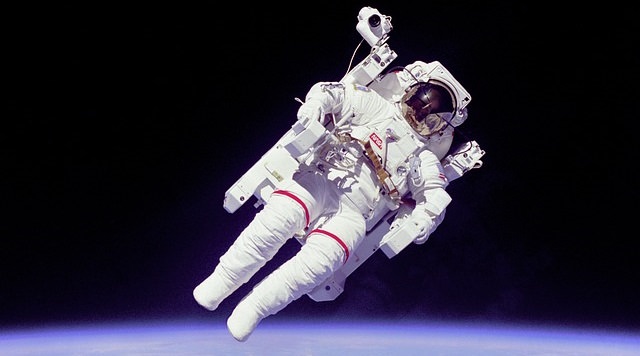
|
During the 20th century, technological advances progressed exponentially faster than at any other time in history. It has gotten to the point where we can no longer follow each and every update and potentially-ground-breaking technology, and some of these very important technologies sometimes fall between the cracks.
|
|
|
Digital currency is a form of currency or medium of exchange that is electronically created and stored (i.e., distinct from physical, such as banknotes and coins). Some digital currencies, such as Bitcoin, are cryptocurrencies. Like traditional money these currencies may be used to buy physical goods and services but could also be restricted to certain communities such as for example for use inside an on-line game or social network. (Wikipedia) |
|
 |
|
|
Concentrated Solar Power systems use mirrors or lenses to concentrate a large area of sunlight onto a small area. Electrical power is produced when the concentrated light is converted to heat, which drives a heat engine (usually a steam turbine) connected to an electrical power generator or powers a thermochemical reaction. CSP growth is expected to continue at a fast pace. As of January 2014, Spain had a total capacity of 2,204 MW making this country the world leader in CSP. Interest is also notable in North Africa and the Middle East, as well as India and China. (Wikipedia) |
|
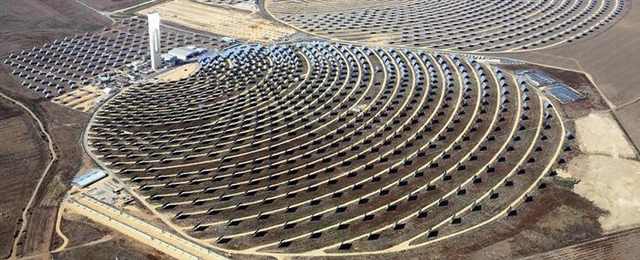 |
|
|
|
|
|
A Biofuel is produced by converting plants or organic waste into a fuel. From used deep-fryer oil, to methane produced from animal waste, biofuel can be a solid (wood), liquid (oil) or in gas form (methane). Biofuels have increased in popularity because of rising oil prices and the need for energy security. (Wikipedia) |
 |
|
DNA Sequencing is the process of determining the precise order of nucleotides within a DNA molecule. It includes any method or technology that is used to determine the order of the four bases—adenine, guanine, cytosine, and thymine—in a strand of DNA. The advent of rapid DNA sequencing methods has greatly accelerated biological and medical research and discovery. It is expected that once DNA sequencing becomes cheap and wide-spread enough, it could be used to develop medicine that is designed to treat an individual’s diseases, improving the effectiveness of the cure, as well as minimizing side-effects. (Wikipedia) |
|
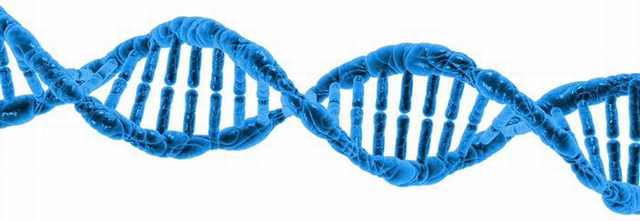 |
|
|
Gene Therapy is the use of DNA as a drug to treat disease by delivering therapeutic DNA into a patient's cells. The most common form of gene therapy involves using DNA that encodes a functional, therapeutic gene to replace a mutated gene. Other forms involve directly correcting a mutation, or using DNA that encodes a therapeutic protein drug (rather than a natural human gene) to provide treatment. (Wikipedia) |
|
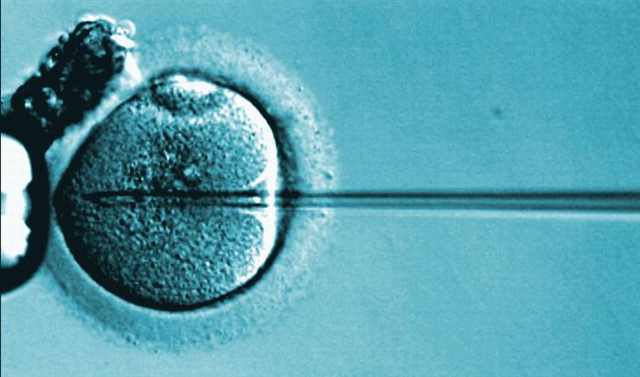 |
|
|
|
|
|
Organic Electronics is a field of material science concerning the design, creation and application of organic molecules or polymers that show desirable electronic properties such as conductivity. One of the benefits of organic electronics is their low cost compared to traditional inorganic electronics. (Wikipedia) |
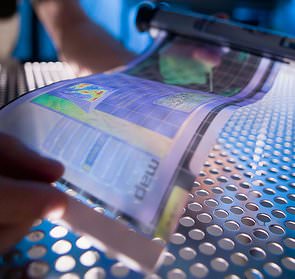 |
|
|
|
|
Traditionally, circuits are constructed with capacitors, resistors, and inductors. In 1971 Leon Chua theorized that there could be a fourth component - the Memristor. Unlike a resistor, it can "remember" charges even after power is lost. This would allow the memristor to store information. In 2008, Hewlett Packard created a working memsistor will become available by the end of 2014. |
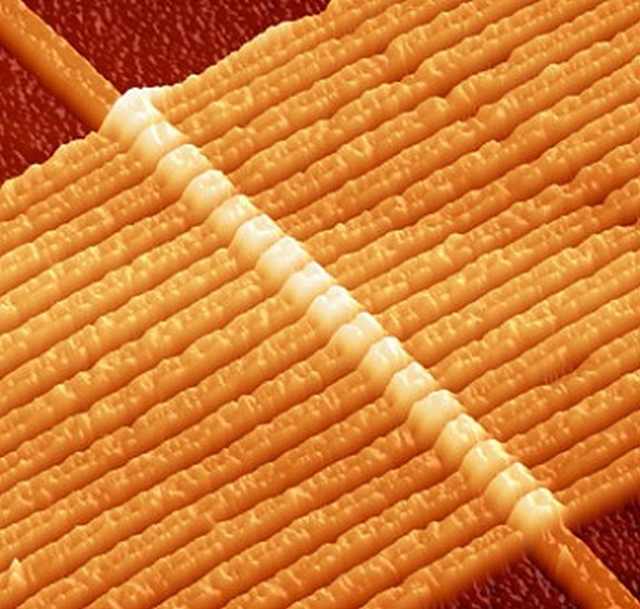 |
|
Swarm Robotics is a new approach to the coordination of multirobot systems which consist of large numbers of mostly simple physical robots. It is supposed that a desired collective behavior emerges from the interactions between the robots and interactions of robots with the environment. This approach emerged on the field of artificial swarm intelligence, as well as the biological studies of insects, ants and other fields in nature, where swarm behavior occurs. (Wikipedia) |
|

2017 Has Been a Fantastic Year For New Breakthroughs...
Scientists have managed some incredible breakthroughs this year. Discover the 14 most significant ones made around the world this year.

These Insane Photos Show How Advanced Japan Really Is
If there's one nation in the world that is renowned for being at the forefront of cutting-edge technology, it's Japan. These photos prove why.

The Future of Dining: Exploring Food Delivery Apps
People have repeatedly raved about food delivery apps due to the holding power and choice they have to offer. In this article we explore why that is.

A City Built Entirely on Water? I Don't Believe It!
The idea of a living in a floating city might sound like something straight out of a Sci-Fi novel, but it appears that such a thing could soon become reality.
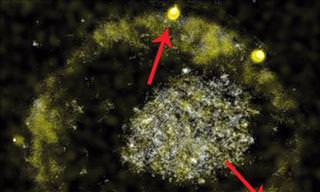
These Bacteria Can Turn Toxic Metal Compounds Into Gold
Scientists have discovered the process that a bacteria uses to change toxic metals into gold nanoparticles. Discover the amazing findings here.
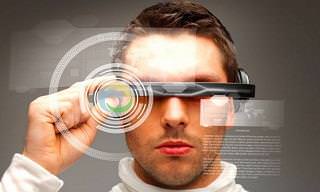
TECHNOLOGY: How the Next 10 Years Will Radically Change
The future is a weird place. You won't believe the things the techno experts foresee happening in the next 10 years. Prepare to be shocked and amazed!

The Best Netflix Movies to Enjoy in 2025
ere are the ten standout movies we'd like to recommend. Films that have captured both critical acclaim and audience attention this year.

Cuticle Oil: What It Is and How to Make Your Own
Cuticle oil is a skincare product that can work wonders for the health and appearance of your nails and the skin surrounding them. You can purchase ready-made cuticle oil in stores or online, but making it at home is simpler than it seems.
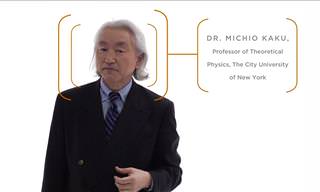 42:14
42:14
Physicist Michio Kaku: The Universe in a Nutshell...
Physicist Michio Kaku explains the fundamental nature of our universe
 9:13
9:13
Want to Travel Quickly Through Space? Try Using a Wormhole
If you want to know what a wormhole is and how it is supposed to work, then you've come to the right place!

8 Ancient Greek Scholars & Their Life-Changing Inventions
The foundations of modern medicine, engineering, biology, and astronomy were set up by these 8 stellar minds more than two thousand years ago.
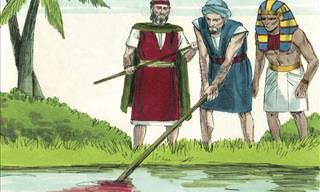
Science Proves: These 10 Bible Stories Probably Did Happen
The Bible describes many seemingly supernatural cases, but today, science can show that they might have indeed happened.

Hubble Telescope: 35 Years of Incredible Photos
Exploring 35 years of reality-changing, universe-enhancing photos that opened the sights of outer space to us all.
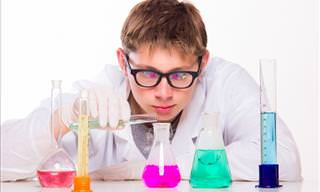 7:56
7:56
These 6 Chemical Reactions Changed the Course of History
Although we rarely pay much attention to the chemistry that constantly surrounds us, these 6 reactions changed history.
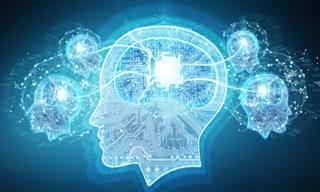
Has Modern Technology Changed Our Cognitive Abilities?
Modern digital technology is everywhere and it’s changing how we think, how we behave and even how we feel about things.

13 Forgotten Phone Designs That Were Too Odd to Survive
From pen-shaped dialers to phones that clipped onto your clothes, here’s a look at the most unusual phones ever made.
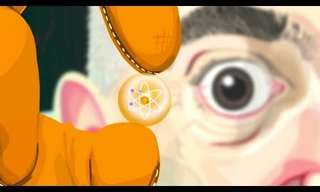 5:28
5:28
Just How Small is an Atom? - Fascinating!
Just how small are atoms? And what's inside them? The answers turn out to be astounding...
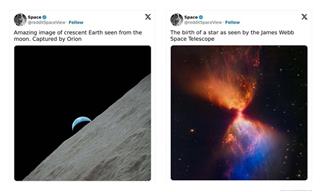
These 18 Photos Capture the Universe Like Never Before!
See the universe in a new light with these astonishing photos.
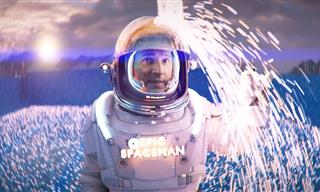 15:34
15:34
This Stunning Video Visualizes the Size of the Universe
This video visualizes the number of galaxies in the world, giving you a look into the true size of our enormous universe.
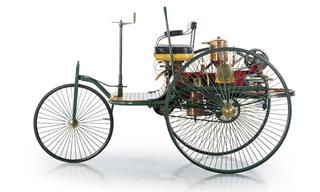
The First Valentine's Day Was Not That Long Ago...
Let us take you on a fun history lesson with these 10 first-ever things that started way back in history and remain to this day.
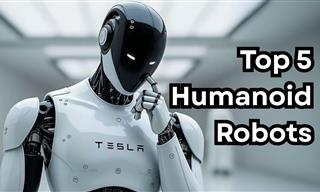 2:39
2:39
Discover 5 Cutting Edge Humanoid Robots in 2025
Watch the video to see which robots are leading the pack in intelligence, mobility, and impact.
 5:22
5:22
Why Do You See Colors When You Rub Your Eyes?
Explore the science of afterimages, the visual illusions that linger in your vision following exposure to bright lights or images.
 10:30
10:30
China's Crazy Plan to Dig a Canal in the Middle of EUROPE
China is setting out a plan to dig a canal through the middle of Europe in the nearest future, but why?
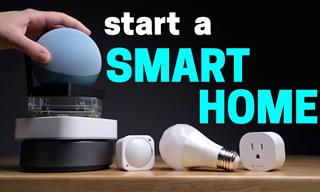 14:34
14:34
What to Do (and Avoid) When Setting Up a Smart Home
Here's how you can set up a family-friendly smart home that will last long.

Superwood: A New Material That Could Replace Steel
After decades of relying on steel—a material that produces nearly two tons of CO2 for every ton manufactured—builders may soon have access to something far more sustainable and surprisingly stronger: Superwood.
 24:11
24:11
25 Game-Changing Megaprojects That Will Change Our World
These incredible megaprojects that are set to redefine our world in 2025.
 4:45
4:45
Woah! Learning to Play Music Has This Effect on Your Brain
Learning how to play an instrument can do wonders for our brain...here's how!
 2:11
2:11
Here are Some Unique Tricks You Can Do at Home With Salt!
This video shows us a few interesting magic tricks that you can do anytime using salt, ice, and other items you can find at home.
 0:55
0:55
China's G1 Robot is Showing Some Incredible Moves
The G1 is a new robot developed in China and in this video shows some amazing moves.
 5:06
5:06
The Only Manmade Object That Will Last Forever
This copper discus contains 116 images we launched into space for aliens to see
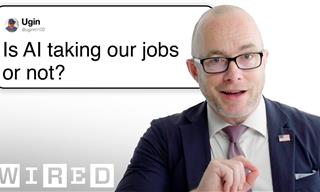 22:52
22:52
Will AI Take Your Jobs? An Expert Explains the Future
Gonzaga University's AI professor Graham Morehead some of our most pertinent questions related to AI.
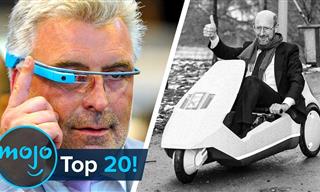 19:27
19:27
20 of the Most Infamous Tech Product Flops In History
Here's a look at some of the most infamous and biggest technology failures in recent history.
 8:28
8:28
Could These Signals Be A Sign of Extraterrestrial Life?
Scientists have recently picked up on a mysterious radio signal from space, and it could mean a lot - maybe even a sign from extraterrestrial life forms.
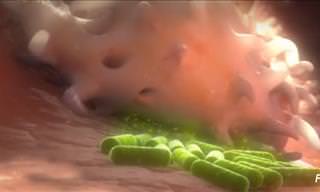 1:29
1:29
A Must See: White Cells Devouring Bad Bacteria!
A real look at how white cells identify and consume harmful bacteria.

Are You Ready to Learn About the Expanse of the Universe?
If you have an interest in the unknown, then look no further than these 15 unbelievably facts discovered about space
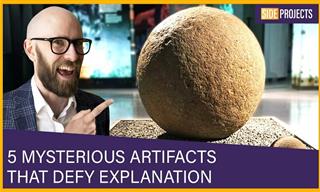 15:30
15:30
Experts Are Still Baffled by These Ancient Artifacts
These mysterious relics have left experts puzzled.
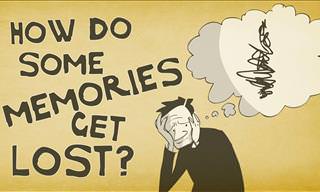 4:20
4:20
Ever Wondered About How Our Minds Retain and Lose Memories?
Ever wondered why you can remember something from 20 years ago, but have difficulty remembering what you had for lunch the other day? Learn why here.
 21:25
21:25
How Every Nuclear Power Got Its Atomics
This video will explain how each nation earned the complex and controversial title of nuclear power.

6 Harmful Toxins You Didn’t Know You Encounter Daily
These toxic chemicals can be found in everyday products and can be extremely dangerous to us.
 10:59
10:59
Fascinating Science: How Sand is Turned Into Glass
Have you ever looked through a window and wondered how it was made from simple beach sand? This video shows you that incredible process.

14 Retro Inventions That Stunned Crowds Back in the Day
These inventions were the talk of the town back in the day.
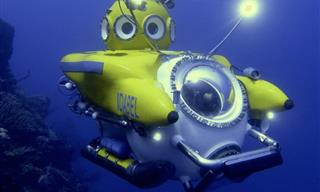
These Underwater Craft Are Changing Marine Science
Here's a look at the most remarkable machines currently expanding our understanding of the underwater world.
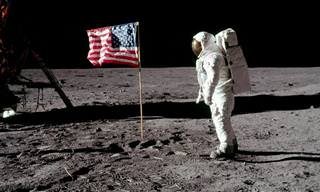 3:55
3:55
50 Years Later, We're Debunking the Moon Landing "Hoax"
How do we prove to people the moon landing was real? By answering their doubtful questions in this video.
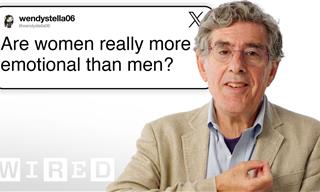 20:04
20:04
Emotions Explained: The Science Behind How We Feel
Neuroscientist and psychologist Dr. Richard J. Davidson answers some fascinating questions about emotions you would never expect.
 2:03:03
2:03:03
Full Documentary: From First to Last Dinosaur
With stunning visuals and cutting-edge science, we’ll bring their story to life—from their very first day to their last, a saga of survival, adaptation, and mystery.
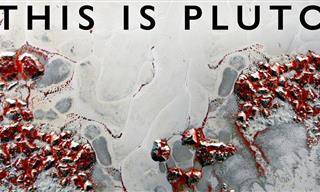 58:37
58:37
Science: Here's Everything We Know About Pluto
Join us as we unravel the mysteries of far off Pluto, 3.7 billion miles from our Sun.

This New Blood Pressure Drug Could Be a Game-Changer
Zilebesiran, an investigational drug that is showing profound success in late-stage clinical trials is offering hope for millions who struggle to keep their blood pressure in check.

The Wildest Meteorites Ever Found on Our Planet - 15 Pics
Check out 15 of the most fascinating meteorites ever found on earth.

12 Steps That Help to Explain Einstein's Famous Theory
Have you ever wondered what Einstein's Theory of Relativity is all about? If you have, here is an easy-to-understand explanation!
To enable your Ad-Free Subscription, please fill the fields below
Your subscription was successful, now you can enjoy an ad-free experience!! Note: To make sure you get no ads, please make sure to log in to your account. If you are logged in already, then refresh the page. The subscription can be cancelled at any time.



